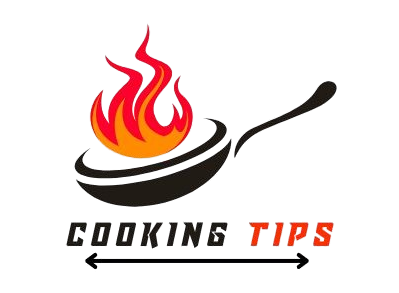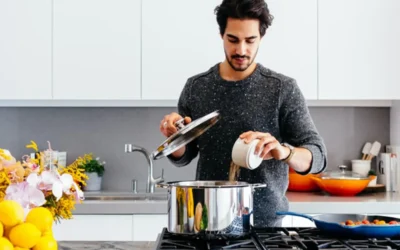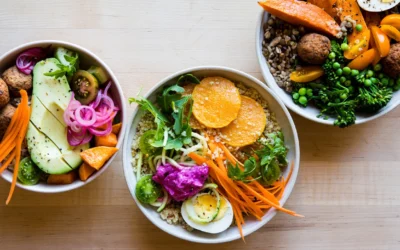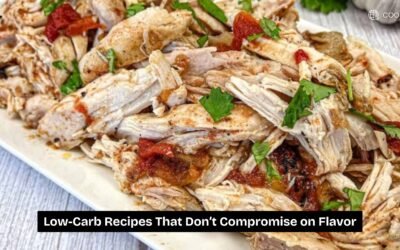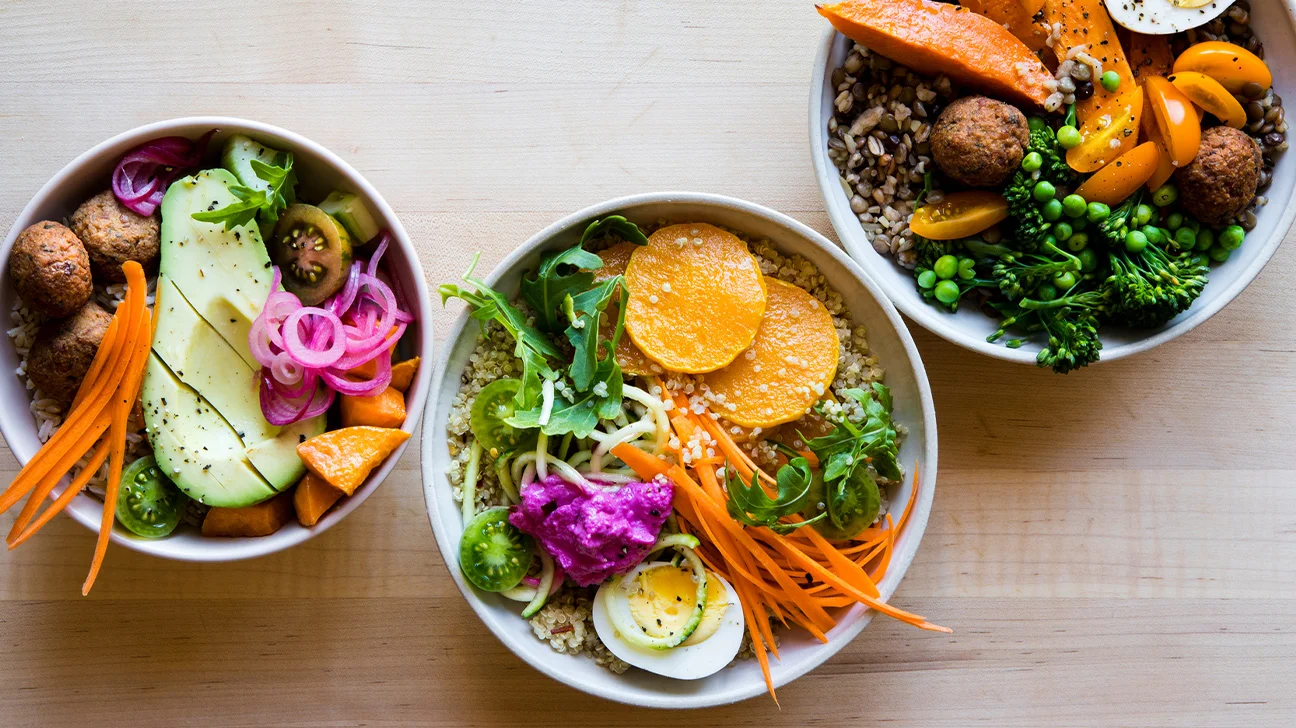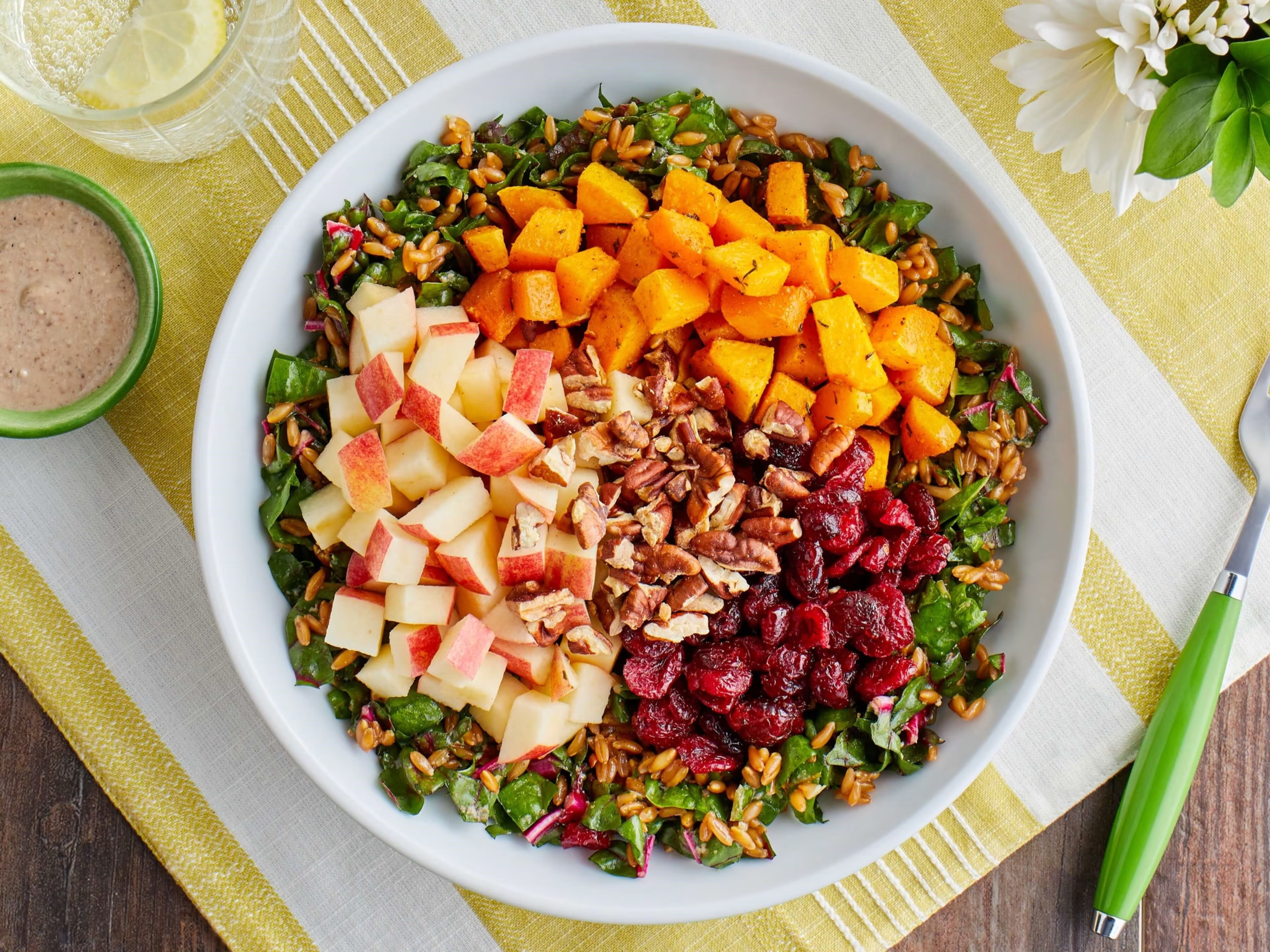When trying to lose weight, the key to success isn’t just about cutting calories—it’s about creating meals that nourish your body, keep you satisfied, and help you reach your goals. The biggest challenge many face during weight loss is hunger. However, you don’t need to starve yourself to shed pounds! By focusing on creating balanced diet recipes, you can fuel your body with the right nutrients, curb hunger, and stay on track with your weight loss goals. Here’s how to create recipes that are filling, nutrient-dense, and low in calories, without leaving you hungry.
1. Include Protein in Every Meal
Protein is one of the most satiating macronutrients. It helps to build muscle, regulate your metabolism, and keeps you full for longer periods. When you include adequate protein in your meals, you’re less likely to experience those mid-afternoon hunger pangs.
Examples of protein-rich foods:
- Lean meats (chicken, turkey, lean beef)
- Fish and seafood (salmon, tuna, shrimp)
- Plant-based proteins (lentils, chickpeas, tofu, tempeh)
- Greek yogurt and cottage cheese
- Eggs
Recipe Idea:
- Grilled Chicken Salad with Avocado
- Ingredients: Grilled chicken breast, mixed greens, avocado, cucumber, tomatoes, olive oil, and lemon dressing.
- Why it works: The chicken provides lean protein, while the avocado offers healthy fats, keeping you full without adding too many calories. The fiber from the veggies adds volume to the meal and promotes fullness.
2. Incorporate Fiber-Rich Vegetables
Vegetables are low in calories but high in fiber, which is crucial for digestion and satiety. Fiber slows down digestion, helping you feel fuller for longer. Vegetables also provide essential vitamins and minerals that are key to supporting your overall health during weight loss.
Examples of fiber-rich vegetables:
- Leafy greens (spinach, kale, arugula)
- Cruciferous veggies (broccoli, cauliflower, Brussels sprouts)
- Bell peppers, carrots, zucchini, and cucumber
- Sweet potatoes and squash
Recipe Idea:
- Zucchini Noodles with Turkey Bolognese
- Ingredients: Ground turkey, zucchini noodles, tomato sauce, garlic, onion, and Italian seasoning.
- Why it works: Zucchini noodles are low in calories but high in water content, adding bulk to the dish without excess carbs. The ground turkey provides lean protein, and the tomato sauce adds flavor and fiber. The dish is filling and satisfying, keeping hunger at bay.
3. Focus on Healthy Fats
Healthy fats are another essential part of a balanced diet. They not only provide a rich source of energy, but they also help with satiety and nutrient absorption. Including a moderate amount of healthy fats in your meals can keep you feeling satisfied without the need for excessive snacking.
Examples of healthy fats:
- Avocados
- Nuts and seeds (almonds, chia seeds, flaxseeds)
- Olive oil, coconut oil, and avocado oil
- Nut butters (almond butter, peanut butter)
Recipe Idea:
- Avocado and Chickpea Salad
- Ingredients: Avocado, canned chickpeas (rinsed and drained), red onion, cucumber, lemon juice, olive oil, and salt.
- Why it works: Avocados provide healthy fats, while chickpeas are an excellent plant-based protein and fiber source. This salad is nutrient-dense and will keep you full for hours due to its combination of fats, fiber, and protein.
4. Add Whole Grains for Sustained Energy
Whole grains are a great source of complex carbohydrates, which provide a steady release of energy and help maintain blood sugar levels. This can prevent hunger and energy crashes throughout the day. Whole grains are also rich in fiber, which aids in digestion and helps you feel full longer.
Examples of whole grains:
- Quinoa, brown rice, oats, bulgur, farro
- Whole wheat pasta or bread
Recipe Idea:
- Quinoa and Black Bean Stuffed Peppers
- Ingredients: Quinoa, black beans, bell peppers, onions, garlic, tomatoes, cumin, and chili powder.
- Why it works: Quinoa is a complete protein and a high-fiber grain that, when paired with black beans, offers both protein and fiber. The bell peppers add volume and nutrients while keeping the dish low in calories. This recipe is hearty, satisfying, and full of flavor.
5. Opt for Low-Calorie, High-Volume Foods
To avoid feeling deprived while following a weight-loss plan, include low-calorie, high-volume foods in your meals. These foods provide a large serving size without being calorie-dense, which can help fill you up without overloading on calories.
Examples of low-calorie, high-volume foods:
- Cucumbers, lettuce, celery, and spinach
- Berries (strawberries, blueberries, raspberries)
- Mushrooms, tomatoes, and cauliflower
- Broth-based soups
Recipe Idea:
- Vegetable Soup with Lean Turkey
- Ingredients: Lean ground turkey, carrots, celery, spinach, onions, garlic, tomatoes, low-sodium chicken broth, and herbs (like thyme and rosemary).
- Why it works: This soup is packed with low-calorie vegetables and lean turkey, which provides protein. The broth adds volume, making the meal feel filling, while the high fiber content from the veggies helps curb hunger.
6. Hydrate Well
Sometimes, hunger can be confused with thirst. Staying hydrated throughout the day can reduce unnecessary snacking and cravings. Water is essential for overall health, but it can also help with weight loss by promoting feelings of fullness and supporting proper digestion.
Hydrating tips:
- Drink water before meals to help curb your appetite.
- Try herbal teas, which can also promote relaxation and digestion.
- Include water-rich foods like cucumbers, watermelon, and celery in your meals.
Recipe Idea:
- Cucumber and Mint Infused Water
- Ingredients: Cucumber slices, fresh mint leaves, water, and ice.
- Why it works: Infused water adds a refreshing burst of flavor without any added calories or sugars, helping you stay hydrated and satisfied between meals.
7. Control Portions and Mindful Eating
Portion control is an essential element of weight loss that doesn’t require drastic measures or hunger. By being mindful of portion sizes and eating slowly, you can avoid overeating while still enjoying satisfying meals. Also, focusing on the textures and flavors of your meals can help with satiety, preventing you from reaching for unhealthy snacks.
Recipe Idea:
- Grilled Salmon with Roasted Veggies
- Ingredients: Salmon fillets, broccoli, Brussels sprouts, olive oil, and lemon juice.
- Why it works: Salmon provides protein and healthy fats, while the roasted veggies offer a flavorful and filling side. By controlling portion sizes, you can enjoy a nutrient-dense meal without overeating.
Conclusion
Creating balanced diet recipes for weight loss doesn’t have to involve extreme deprivation. By focusing on nutrient-dense foods—like lean proteins, healthy fats, fiber-rich vegetables, and whole grains—you can create meals that are filling, satisfying, and delicious, all while supporting your weight loss goals. Don’t forget to stay hydrated and practice mindful eating, which can further reduce hunger and cravings. With the right combination of ingredients and portion control, you’ll be able to enjoy flavorful meals that keep you full and satisfied as you work towards your goals.
